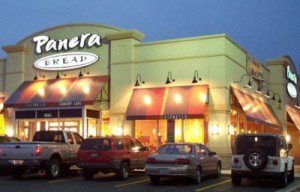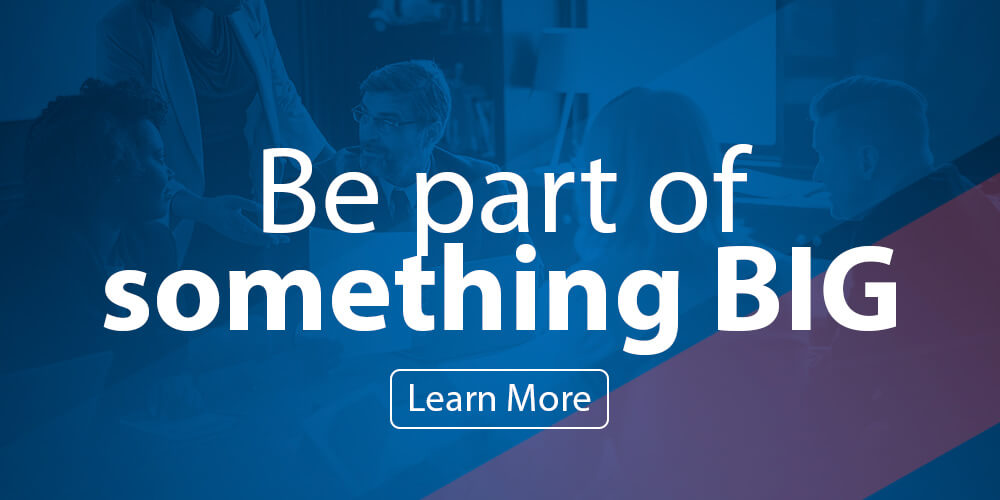The Freemium business model is sweeping the technology world. The simplest explanation of the Freemium business model is giving away a lite version of the product at no charge. In many freemium business models, approximately ten percent of the free users upgrade to a more robust paid version. The free version is typically a low-risk or no-risk trial for the premium product.
However, the technology world did not invent the freemium model. No one knows who did, but there are many examples of the freemium model at work outside technology business models. For example:
- Free single women= Paying men. The bar and night club business model is based upon lots of people hanging out and having fun. It is no fun if you are the only person dancing at the club. Clubs have learned to adjust their business model to allow women in for free. Why would they do this? If the pretty women are at the bar, the men will pay to enter. Women are on the freemium business model; men are on the premium business model.
- Lounge chairs and free magazines= more books sold. Barnes and Noble pioneered the book superstore. Part of their revolutionary retail business model was to encourage people to hang out for long periods of time in the stores browsing magazines and drinking coffee. Unlike an information product which is free to give away, books and magazines are not free. Despite the real cost of allowing potential customers to read for free, internal sources assure us that Barnes and Noble profits by allowing free readers. In fact, our sources indicate that B & N’s business model states an objective to have customers stay in stores as long as possible. B& N has found a direct correlation to the length of the stay in the store and the average purchase amount.
- Freeloading web surfers = more bagel sales. Panera Bread’s business model allows for free Wi-Fi plus a comfortable place to work for hours upon hours. Go to any Panera Bread location and you will find plenty of home-office warriors, salespeople, solopreneurs and the like camping out for hours. At first glance, these freeloaders or near-freeloaders take up space, bandwidth, and do not spend much. However, these freemium clients provide the base occupancy for the store. They create an environment, a buzz. There is a certain environment or aura to a Starbucks or a Panera. Without the freemium customers hanging out all day, the place would be empty for the full-price customers. Quite literally, the freemium customers are helping Panera create a better environment for the full-price customers. The freemium customers are paying with their presence.
Virtually all businesses can leverage a freemium-type business model. Ideally, the free customers will use a low cost or no cost product. However, this does not have to be a rigid standard. Be creative. Ask yourself, “What are the characteristics and behaviors of my best customers? How could allowing them to use part of our offering push them closer to becoming a premium customer or how does the freemium customer enhance the experience for the premium customer.


